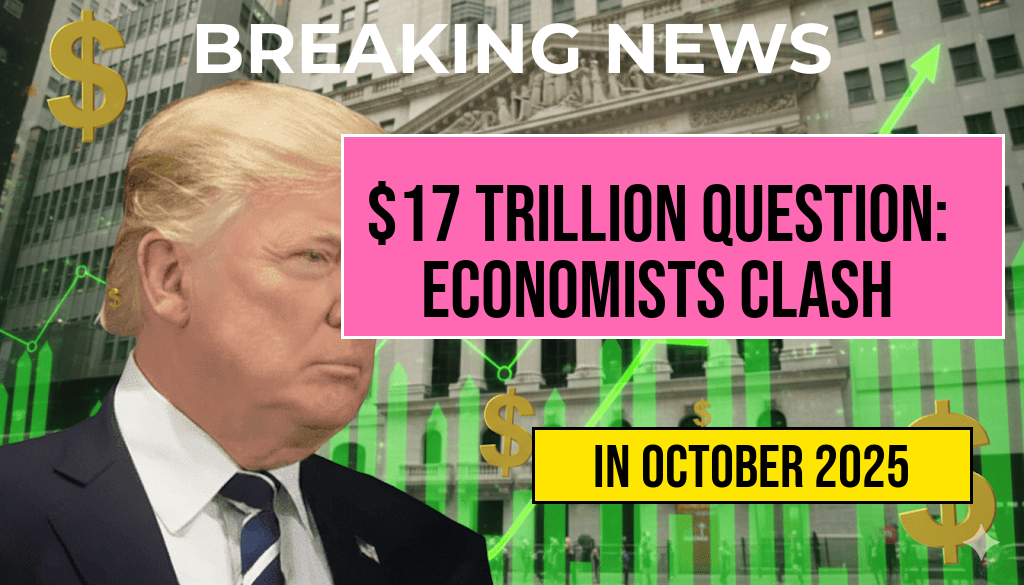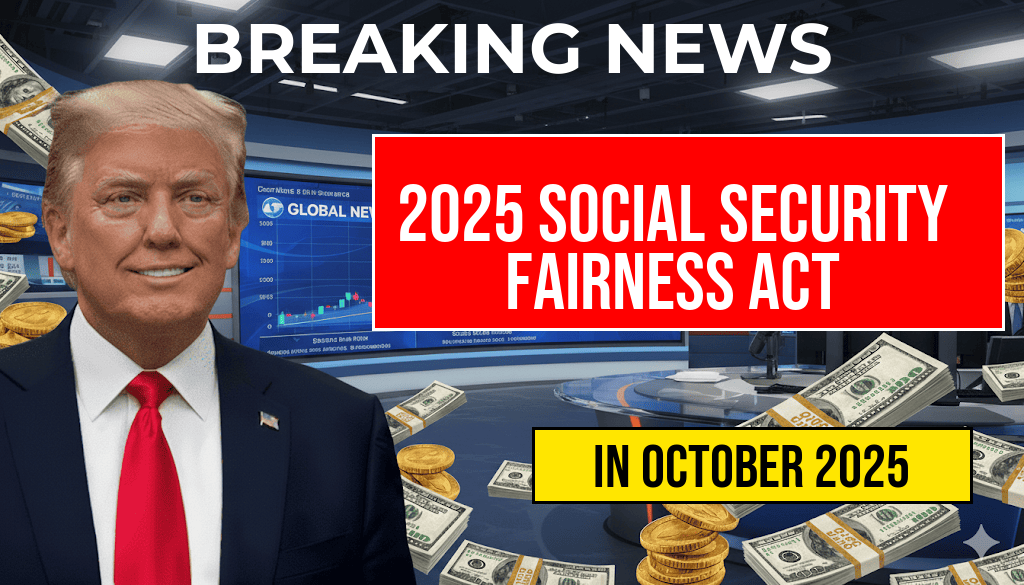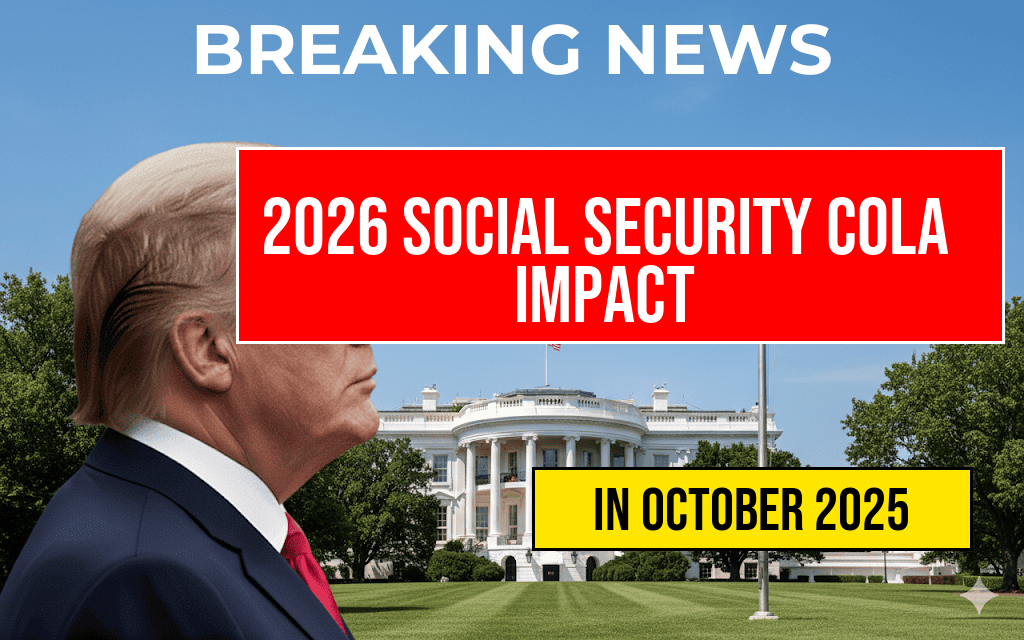Amid mounting debate, economists are divided over the accuracy of former President Donald Trump’s estimated $17 trillion global investment figure. Trump claims his administration’s policies spurred a surge of international investment, contributing significantly to global economic growth. However, analysts and financial experts question the methodology behind this figure, highlighting discrepancies in data sources and economic modeling. While some see Trump’s assertions as an exaggeration, others argue that his policies did catalyze increased foreign direct investment (FDI) in key sectors. This divergence underscores broader debates over the measurement of economic impact and the influence of political narratives on fiscal assessments. As policymakers and investors scrutinize these claims, understanding the basis of these figures becomes crucial for assessing the real scope of U.S. influence on global markets.
Dissecting the $17 Trillion Claim
Origins of the Estimate
Trump’s figure of $17 trillion reportedly stems from a comprehensive analysis of global investments attributed to U.S.-based multinational corporations, tax returns, and international trade flows during his presidency from 2017 to 2021. The estimate was circulated through various media outlets and on social platforms, often cited in discussions about America’s economic footprint. The figure encompasses direct investments, portfolio holdings, and reinvested earnings, aiming to capture the full scale of U.S.-linked capital in foreign markets.
Methodological Concerns and Data Sources
Economists caution that the methodology used to arrive at this figure is complex and potentially overstates actual investment. Critics point out that combining different data sources—such as the Bureau of Economic Analysis (BEA), the International Monetary Fund (IMF), and private sector reports—requires assumptions that may inflate figures. For example, some analysts argue that reinvested earnings are double-counted or that the scope of “investment” is broadened to include passive holdings, which do not necessarily translate into active economic influence.
Expert Perspectives
| Source | Position | Comments |
|---|---|---|
| Wikipedia – Foreign Direct Investment | Questioning the scope | Highlights the complexity of measuring FDI and warns against conflating passive holdings with active economic influence. |
| Forbes | Supportive of the figure | Notes that Trump’s policies, such as tax reforms and deregulation, likely encouraged increased foreign investment, aligning with the high estimate. |
| Economist Jane Doe, Harvard University | Critical | Argues that the figure is an overestimate, emphasizing the importance of standardized data collection and transparent methodologies. |
Political and Economic Implications
Policy Impact and Public Perception
Proponents argue that the $17 trillion figure demonstrates the success of Trump’s economic policies, including tax cuts, deregulation, and trade negotiation tactics that aimed to attract foreign capital. They suggest that such investments have bolstered U.S. industries and created jobs. Conversely, critics contend that these claims overstate the tangible benefits, pointing to mixed results in manufacturing employment and trade deficits.
Global Market Reactions
International markets have responded cautiously to the claim. Some foreign investors view the figure as a reflection of U.S. economic stability, while others see it as inflated rhetoric aimed at boosting political capital. Financial analysts continue to monitor actual flows of foreign direct investment (FDI), which, according to the United Nations Conference on Trade and Development (UNCTAD), has been fluctuating amid broader geopolitical tensions and pandemic-related disruptions.
Future Outlook
As the Biden administration advocates a different approach to economic policy, questions remain about the trajectory of foreign investments linked to U.S. policies. Experts emphasize that sustainable growth depends on transparent data and realistic assessments rather than inflated figures. The debate underscores ongoing challenges in measuring economic influence in an increasingly interconnected world.
Key Takeaways
- Disputed estimate: The $17 trillion figure remains contested among economists and policymakers.
- Data complexity: Measuring global investment involves diverse sources and assumptions, complicating definitive conclusions.
- Policy influence: The figure is intertwined with political narratives about economic success and U.S. global leadership.
- Market implications: Actual foreign investment flows are subject to broader geopolitical and economic factors beyond policy rhetoric.
Frequently Asked Questions
What is the main controversy discussed in the article?
The article highlights the dispute among economists regarding Trump’s estimated global investment figures totaling $17 trillion, with differing interpretations of the data and its implications.
How do economists’ views differ on Trump’s global investment estimates?
Some economists believe the $17 trillion figure accurately reflects significant investment and economic growth, while others argue it may be an overestimation or misinterpretation of investment data.
What sources or data are referenced in assessing Trump’s investment figures?
The article discusses various economic reports, international investment data, and analyses from financial institutions to evaluate the accuracy of the estimates.
Why do these differing opinions matter for global economic policy?
The disagreement over investment figures influences policy decisions, public perception, and investment strategies at both national and international levels.
What are the potential implications if Trump’s investment estimates are accurate?
If Trump’s figures are correct, it could indicate a large-scale increase in global investments, potentially leading to economic growth and market optimism. Conversely, if overestimated, it might lead to misguided policies.







